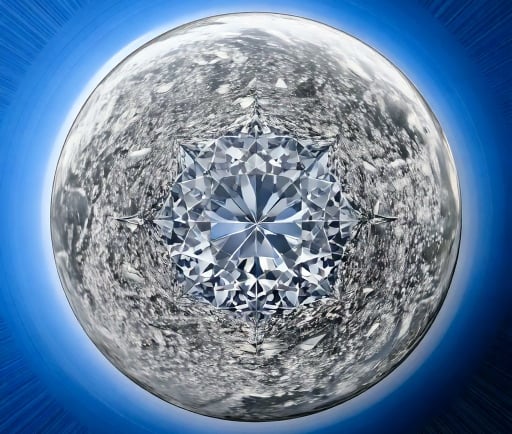PSR J1719-1438 b: The Diamond Planet


Introduction to PSR J1719-1438 b
PSR J1719-1438 b is an intriguing gas giant exoplanet that orbits the pulsar star PSR J1719-1438, a K-type star located approximately 4,000 light-years from Earth. This fascinating exoplanet has garnered attention due to its unique characteristics, particularly in terms of its mass and rapid orbital period.
Characteristics of PSR J1719-1438 b
With a mass of about 1.2 times that of Jupiter, PSR J1719-1438 b is categorized as a gas giant. Its substantial mass indicates that it possesses a thick atmosphere primarily composed of hydrogen and helium, similar to that of Jupiter. One of the most striking features of this exoplanet is its incredibly short orbital period. It takes PSR J1719-1438 b merely 0.1 days to complete a full orbit around its host star, making it one of the fastest orbiting exoplanets discovered to date.
The Significance of PSR J1719-1438 b in Astronomical Research
The discovery of PSR J1719-1438 b has contributed to the broader understanding of exoplanetary systems, particularly those surrounding pulsars. The presence of a gas giant in such a close orbit raises questions about the formation and evolution of planetary systems in extreme environments. Researchers are eager to learn how the intense radiation from the pulsar affects the planet's atmosphere and overall dynamics.
Additionally, studying PSR J1719-1438 b can provide insights into the potential for similar planets orbiting other pulsars and their implications for the search for life beyond Earth. As astronomers continue to explore and study exoplanets, gas giants like PSR J1719-1438 b serve as valuable case studies for refining our models of planetary formation and evolution.
In conclusion, PSR J1719-1438 b is not just a notable addition to the catalogue of exoplanets; it stands as a symbol of the advancing field of astronomy. With each discovery of unique and diverse worlds like PSR J1719-1438 b, our understanding of the universe and its myriad of planetary systems expands, sparking curiosity and wonder about the cosmos we inhabit.
